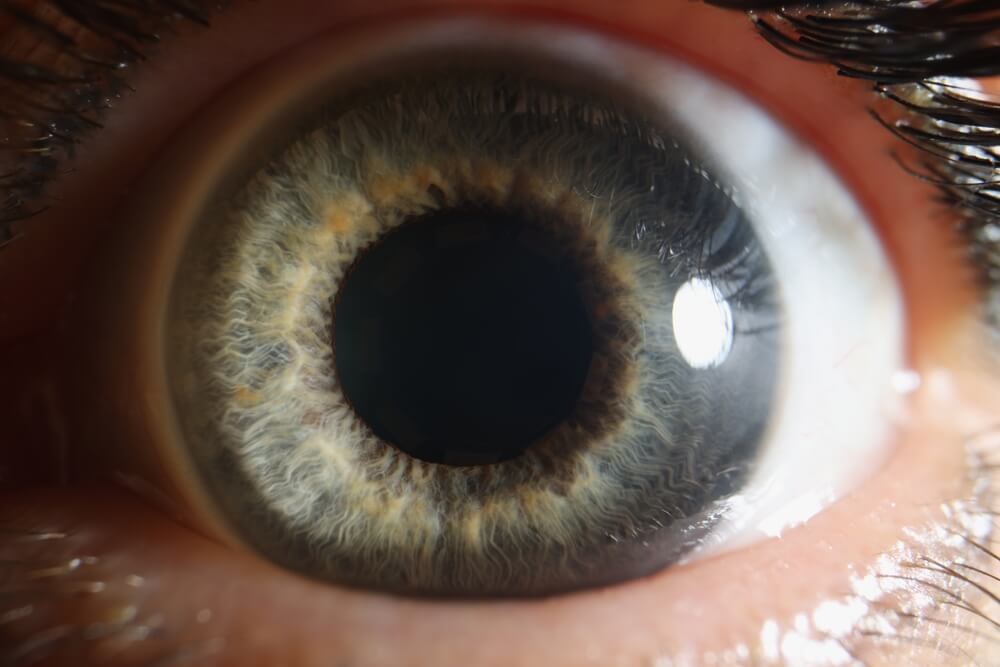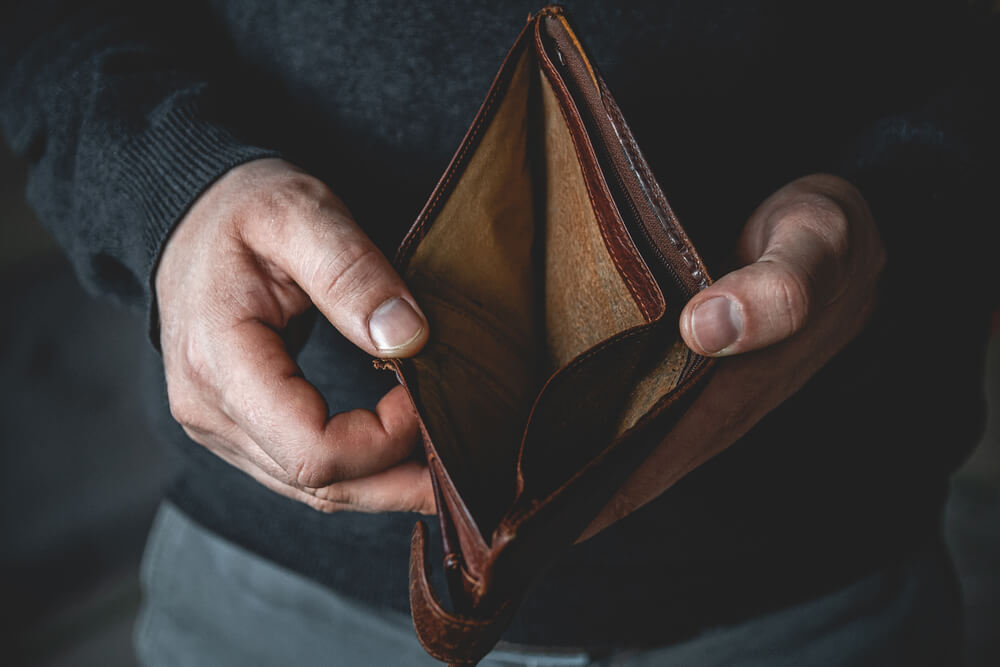Reading Time: 4 minutes
Crack cocaine, a highly addictive form of cocaine created by mixing powder cocaine with baking soda and heat, is a serious substance use disorder impacting millions in the United States.
Signs of Trouble:
- Physical Symptoms of Crack Addiction: Smoking crack cocaine can quickly lead to withdrawal symptoms, including dilated pupils and increased heart rate. Chronic use plays a role in long-term health problems affecting the central nervous system and nerve cells.
- Mental and Behavioral Changes: Mood swings, erratic behavior, and even paranoia are common signs of crack addiction. These changes are a result of the drug’s impact on the brain’s reward system.
The Physical and Psychological Toll of Smoking Crack
Smoking crack cocaine leads to rapid and intense highs, followed by severe crashes. Physical symptoms of crack addiction include rapid weight loss, dilated pupils, and dental problems often referred to as “crack mouth.” Psychological effects can be equally devastating, manifesting as paranoia, anxiety, and hallucinations. Compulsive cravings and an overwhelming need to use crack characterize the addictive nature of this drug.
Crack addiction is extremely common for people to develop, even after they try crack cocaine for the first time. Crack causes a quick acting euphoria to develop throughout a user’s body and its effects are short-lived, which results in people smoking the drug more frequently in order to maintain their high.
According to the National Institute on Drug Abuse, crack is processed cocaine that has been made into a rock crystal that can be smoked. In order for a person to sustain their high, people will have to take the drug repeatedly within a relatively short period of time.
Due to the continuing use of the drug, many people who use it develop an addiction to it, and crack addiction will result in a variety of problems to occur in a user’s life, inevitably affecting all areas of their life and well-being.
There are various signs of crack addiction that can be noticed and every person may display different signs in regards to their addiction. However there are five main crack addiction symptoms that are the most common for people to recognize in others.

Crack Eyes: Dilated Pupils and Red Eyes
Dilated pupils are an uncontrollable and easily noticeable sign of crack addiction. Crack is a nervous system stimulant and when a person uses the drug, even after the first use, their eye pupils will dilate and become larger. In addition, crack use can cause bloodshot eyes, and can cause a person’s eyes to become extremely irritable.
Depression
Depression is another uncontrollable side effect from crack abuse. When a person uses crack the drug causes their brain to increase its dopamine levels, and dopamine is the ‘feel good’ chemical in a person’s brain. Increased dopamine is what causes the high people get from using crack, however once the drug wears off, a user’s dopamine levels will be depleted, which will result in them feeling depressed and fatigued.

Mood Swings
When smoked, crack makes a person feel confident and happy and can be extremely euphoric, however these intense good feelings come at a cost. The high from crack is short lived, and every time the drug wears off, a person will feel fatigued, sad, and sometimes irritable. These highs and lows of a person’s mood will be noticeable to others.
Increased Activity
When on crack, a person will be more active, and will have a difficult time sitting still. In addition, a person will most likely talk more and will move and speak quicker than they normally do.

Financial Loss
When a person is addicted to crack they will feel the uncontrollable need to continually use the drug. It is expensive for a person to maintain their crack use, and since they will continually need more and more of the drug, significant financial loss is common to occur with people addicted to crack.
Getting Help:
If you or someone you know is struggling with crack addiction, medical professionals can help. Treatment options include therapy, medication-assisted treatment (in some cases), and specialized treatment programs offered by treatment centers. Early intervention is crucial to manage withdrawal symptoms, address the underlying causes of addiction, and decrease the risk of relapse.
